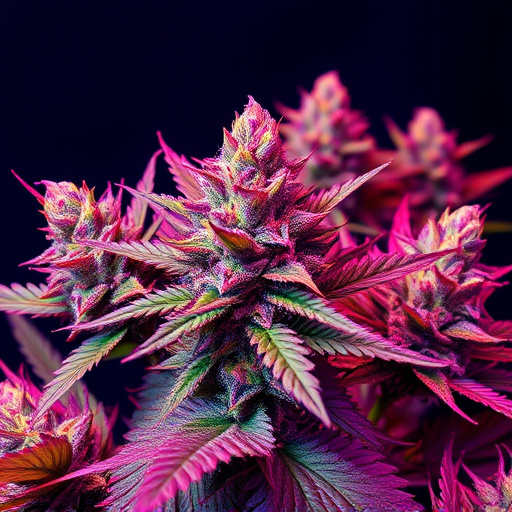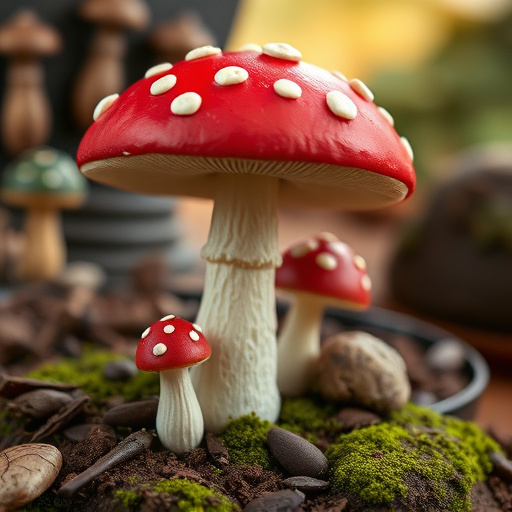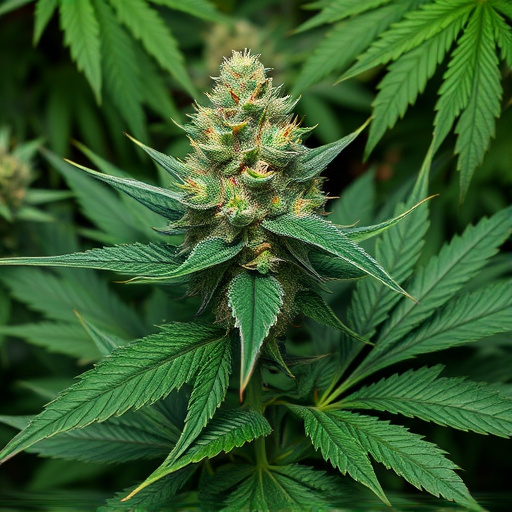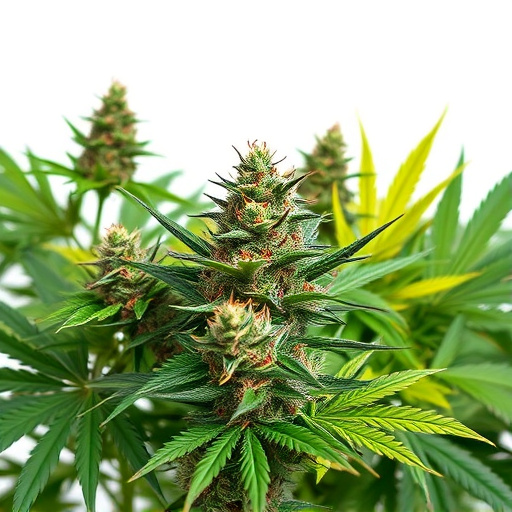The vibrant blooms of cannabis, or buds, owe their distinctive aroma to complex chemical interactions between terpenes and cannabinoids, creating a diverse olfactory experience across various types of cannabis strains. Terpenes, aromatic compounds with profiles ranging from earthy myrcene to citrusy limonene, modulate the effects of cannabinoids like THC and CBD, offering users unique sensory experiences tailored to their preferences.
Cannabis flowers are renowned for their potent aroma, a sensory experience that captivates users. Understanding why cannabis smells strong lies in its complex chemical composition. This article delves into the world of cannabis flowers, exploring the fundamental building blocks of its distinctive odor. We’ll uncover the role of chemical compounds, particularly terpenes, shaping the diverse scent profiles across various cannabis strains. Additionally, we’ll examine how environmental factors and cultivation techniques contribute to the strength of cannabis’ unique fragrance.
- Understanding Cannabis Flowers: The Building Blocks of Odor
- – Chemical compounds responsible for smell in cannabis
- – Terpenes and their role in scent profile
Understanding Cannabis Flowers: The Building Blocks of Odor
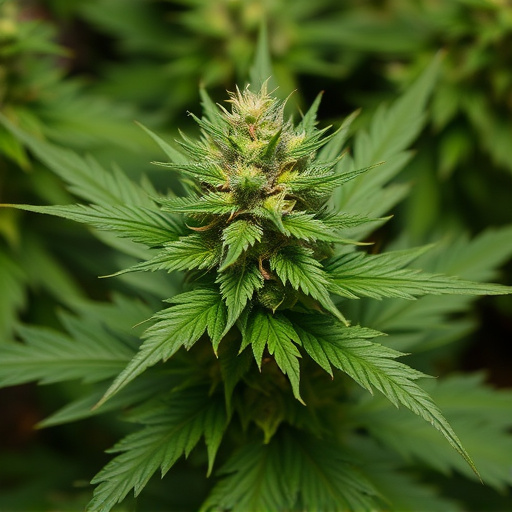
Cannabis flowers, also known as buds, are the intricate and aromatic product of a plant’s development. These vibrant blooms are composed of tiny glandular trichomes that secrete a wide array of chemical compounds responsible for cannabis’ distinctive scent and potent effects. The odour of cannabis is primarily attributed to volatile organic compounds (VOCs), including terpenes and cannabinoids, which work in harmony to create the unique fragrance of different types of cannabis strains.
Each strain boasts its own terpene profile, contributing to the varied smells and potential therapeutic benefits. Terpenes like myrcene, limonene, and pinene are commonly found in cannabis, each evoking distinct aromas ranging from earthy and musky to citrusy and pine-like notes. These compounds not only influence the scent but also interact with cannabinoids like THC and CBD, modulating the plant’s overall effect on the user.
– Chemical compounds responsible for smell in cannabis
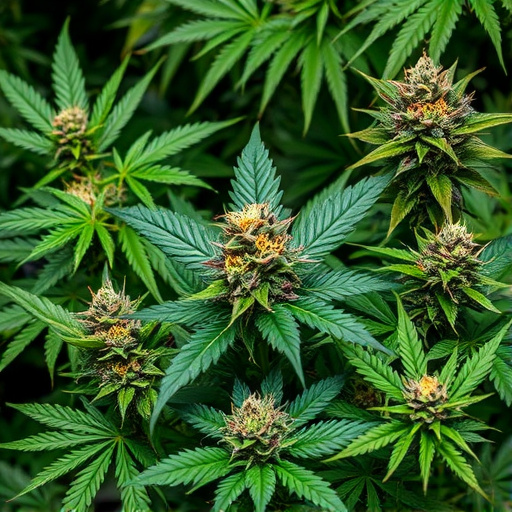
The distinctive aroma associated with cannabis is a result of intricate chemical compounds known as terpenes and cannabinoids. These compounds, present in varying concentrations across different types of cannabis strains, contribute to the unique smell that has captivated users for centuries. Terpenes, often referred to as the “aromatic molecules,” are volatile oils responsible for the characteristic scents found in various plants, including cannabis. Each terpene possesses its own aroma profile, ranging from fruity and floral to spicy and woody notes, creating a diverse olfactory experience.
Cannabinoids, such as tetrahydrocannabinol (THC) and cannabidiol (CBD), also play a role in the overall scent. While THC is known for its psychotropic effects, CBD contributes to the plant’s aroma without inducing a high. The interplay between terpenes and cannabinoids in different cannabis strains results in an array of scents, from subtle and earthy to bold and pungent, catering to diverse user preferences. Understanding these chemical interactions offers insight into why certain strains are renowned for their more intense or pleasant aromas.
– Terpenes and their role in scent profile
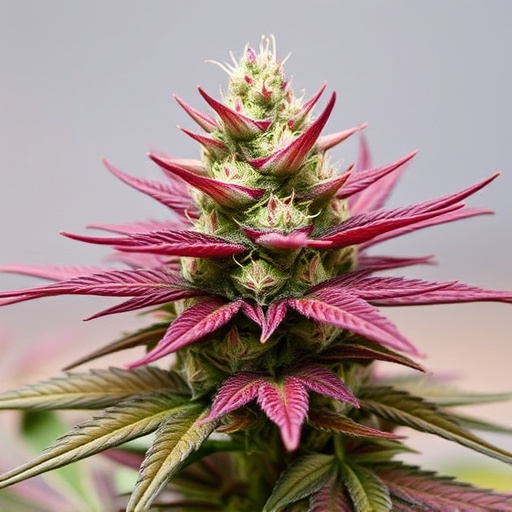
Cannabis flowers emit their distinctive aroma thanks in large part to terpenes, aromatic compounds that play a crucial role in shaping the scent profile of different types of cannabis strains. These volatile oils are produced by both cannabis plants and other botanicals, contributing to the unique fragrances we associate with various herbs and spices. In cannabis, terpenes not only give each strain its characteristic smell but also interact with cannabinoids like THC and CBD, modulating their effects on the body and mind.
The diversity of terpenes in cannabis—with over 100 identified types—explains the wide range of scents and flavors found across different strains. Some terpenes, like myrcene, are more prevalent in certain breeds and are known for their earthy, musky notes. Others, such as limonene, offer bright, citrusy aromas. This complex interplay between terpenes and cannabinoids creates a symphony of sensory experiences that cater to users’ preferences, from those who enjoy robust, pungent scents to those who prefer subtler, fruity or floral notes.
The robust aroma of cannabis flowers is a result of complex chemical interactions, primarily driven by terpenes. These compounds not only contribute to the distinctive smell but also play a crucial role in defining the therapeutic properties of different types of cannabis strains. Understanding this intricate relationship between chemistry and scent can help cultivate and select varieties that cater to specific preferences and desired effects, enhancing the overall experience for users across the globe.


